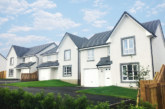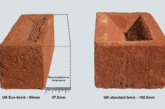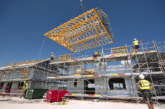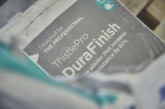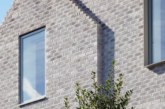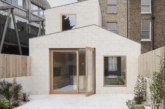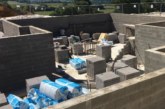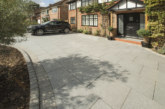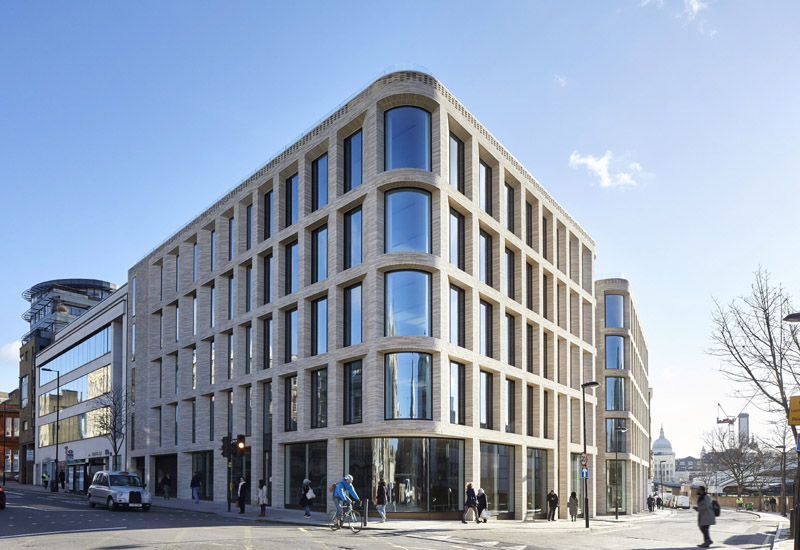
Andrew Eagles, CEO of The Brick Development Association, explains why brick is a versatile and durable material for the design and construction of new homes.
Brick is one of the most ancient and familiar building materials known to man, its durability, character and flexibility of use continue to attract architects working on innovative contemporary buildings.
It is the overwhelming preference for brick in domestic architecture that accounts for its ubiquity in our living environments. We can also see evidence of its use for the positive advancement of urban design in regeneration projects across the UK.
 A notable urban regeneration project which utilises brick is Trafalgar Place, in south London’s Elephant and Castle. The development has 235 homes, radically changing the built environment but still paying homage to the neighbouring buildings in the area. De Rijke Marsh Morgan (DRMM) Architects focused on quality for this development, in order to contribute to the revival of the south London area.
A notable urban regeneration project which utilises brick is Trafalgar Place, in south London’s Elephant and Castle. The development has 235 homes, radically changing the built environment but still paying homage to the neighbouring buildings in the area. De Rijke Marsh Morgan (DRMM) Architects focused on quality for this development, in order to contribute to the revival of the south London area.
Housing Design
DRMM created a contrasting combination of scales in their design, featuring towers, apartment blocks and town houses. The brickwork implemented by Lee Marley Brickwork Contractors is exceptional, with a gradient fade in colour which is visually stunning and brings the buildings right up to date, while retaining the pleasant and timeless feel that brick always produces.
As an oasis amongst a chaotic urban context, this is a well-proportioned development featuring expert detailing. The brick is a huge contributor and a great example of how specifying brick and using it with colour can really be a key factor in a building. The building has won several prestigious architecture awards in addition to best housing design at the Brick Awards last year.
Classic masonry
The Darbishire Place development located in Whitechapel, east London,is another exemplar urban regeneration project. The project was designed by Niall McLaughlin Architects for Peabody Housing Association. This social housing block reinterprets the classic masonry style, and revitalises the surrounding E1 area. The new block blends into the existing vernacular, yet maintains a priority for affordable housing, in the housing association ethos.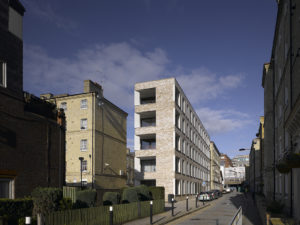
The building is simple and direct, but architecturally exceptional, with subtle flourishes which become more resonant on closer viewing. For instance, the window surrounds subtly project and taper precast architectural stone trim, which brings sensitive articulation. Symmetrical zones of stacked corner balconies are designed with a bespoke precast tapering blade column, which emphasise the relationship of the residents to the environment they live in.
Versatile material
Today, architects increasingly recognise that bricks have positive attributes and are challenging the perception of brick structures as opaque and leaden by perforating brick walls to let more light and air into buildings or to create decorative patterns.
There is an abundance of methods and techniques which manufacturers use to create different types of brick. Many fired-bricks come with glossaries of terms denoting shapes, dimensions, colours, as well as types of perforation and indentation. Brick can achieve different effects too: smooth and crystalline, or rough and full of character, and everything in between.
Creative opportunities
Bricks are also both durable and sustainable, given that they’re composed mainly of organic materials. When it comes to building a structure that needs to last for hundreds of years, clay bricks are the natural choice. They last indefinitely, require little to no maintenance and can resist the most extreme weather conditions.
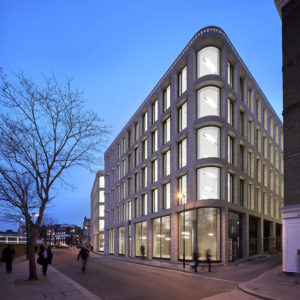 I think the main drive for architects wanting to specify brick is not only the design resurgence, but a rich number of possibilities for texture and colour, which can expand creative opportunities. This well-loved building material is essential because it’s part of the fabric of the UK’s built environment – there are so many architecturally important buildings both historic and strikingly modern which are built predominantly of brick.
I think the main drive for architects wanting to specify brick is not only the design resurgence, but a rich number of possibilities for texture and colour, which can expand creative opportunities. This well-loved building material is essential because it’s part of the fabric of the UK’s built environment – there are so many architecturally important buildings both historic and strikingly modern which are built predominantly of brick.
If a single material can successfully realise ground-breaking contemporary design, deliver durable performance and even contribute to social cohesion, is it any wonder that brick remains the first choice for building design?

